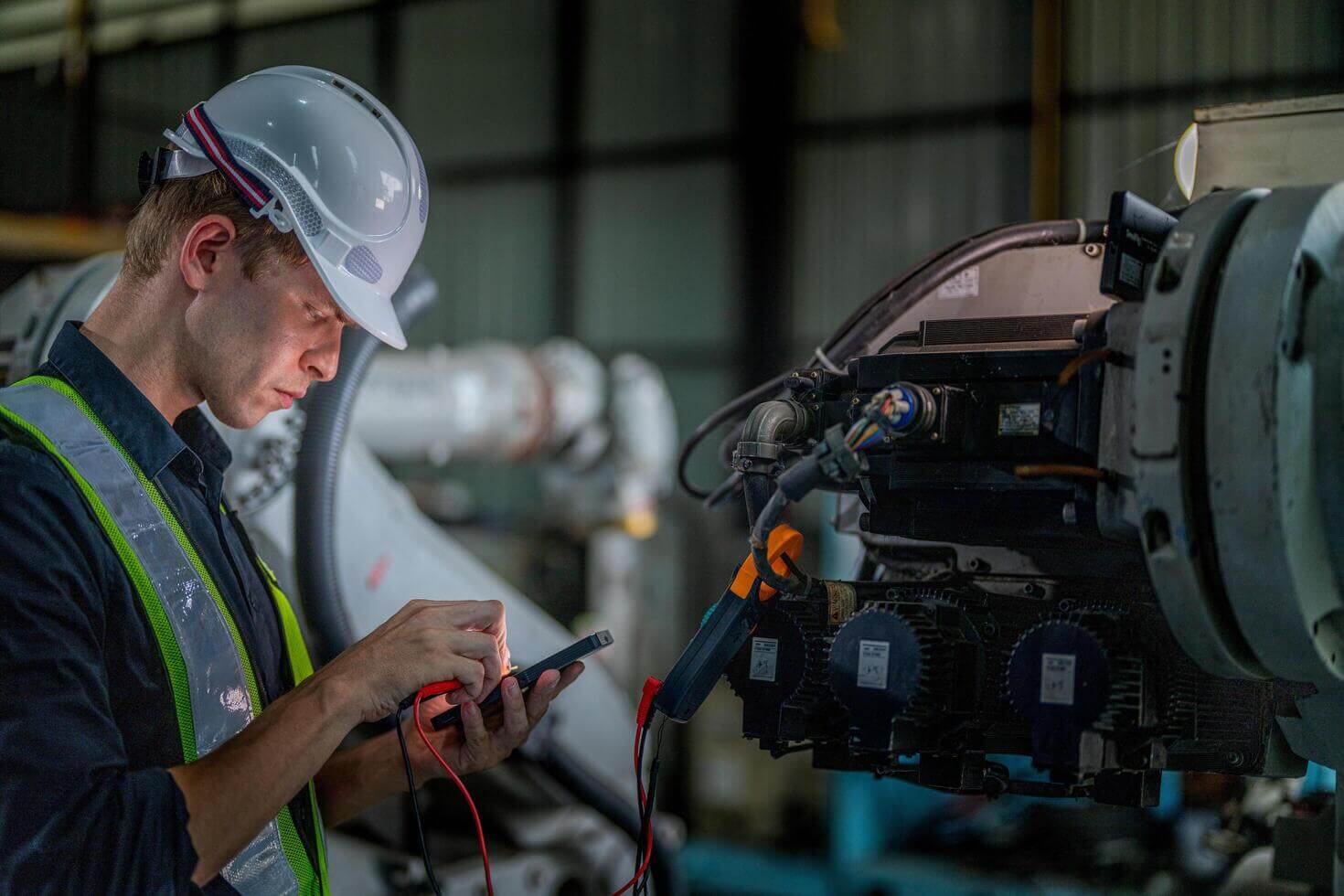


Get to know us better! Download our company profile to explore our expertise, services, and success stories. Stay informed about how we can add value to your business.

Eddy currents are created through a process called electromagnetic induction. When alternating current is applied to the conductor, such as copper wire, a magnetic field develops in and around the conductor. This magnetic field expands as the alternating current rises to maximum and collapses as the current is reduced to zero. If another electrical conductor is brought into close proximity with this changing magnetic field, current will be induced in this second conductor.
Eddy currents are induced electrical currents that flow in a circular path. They get their name from Tripex Consultants Limited 12 Eddies, which are formed when a liquid or gas flows in a circular path around obstacles when conditions are right. ID probes, which are also referred to as Bobbin probes or feed-through probes, are inserted into hollow products, such as pipes, to inspect from the inside out.
ID probes have housing that keeps the probe centered in the product and the orientation of the coil(s) somewhat constant relative to the test surface. The coils are most commonly wound around the circumference of the probe so that the probe inspects an area around the entire circumference of the test object in one go.
API 653 is a standard published by the American Petroleum Institute (API) that provides guidelines for the inspection, repair, alteration, and reconstruction of aboveground storage tanks (ASTs) used in the petroleum and chemical industries. The standard covers various types of ASTs, including those for storing crude oil, refined products, chemicals, and other liquids.
API 653 tank inspection involves a comprehensive examination of the tank's integrity to ensure safe operation and compliance with regulatory requirements.